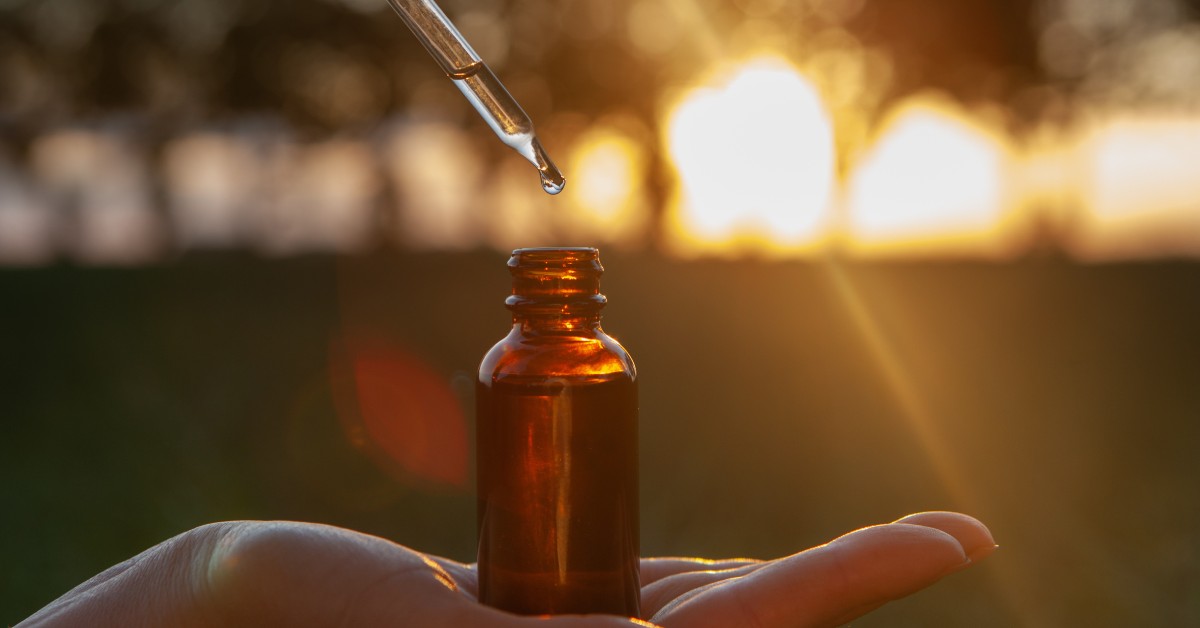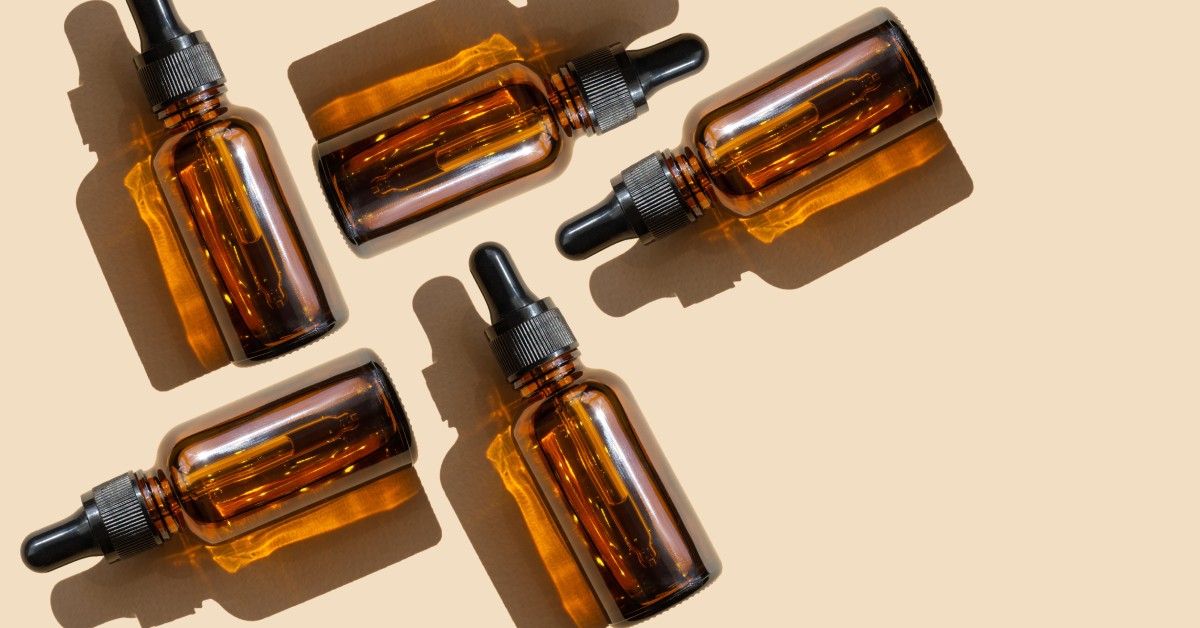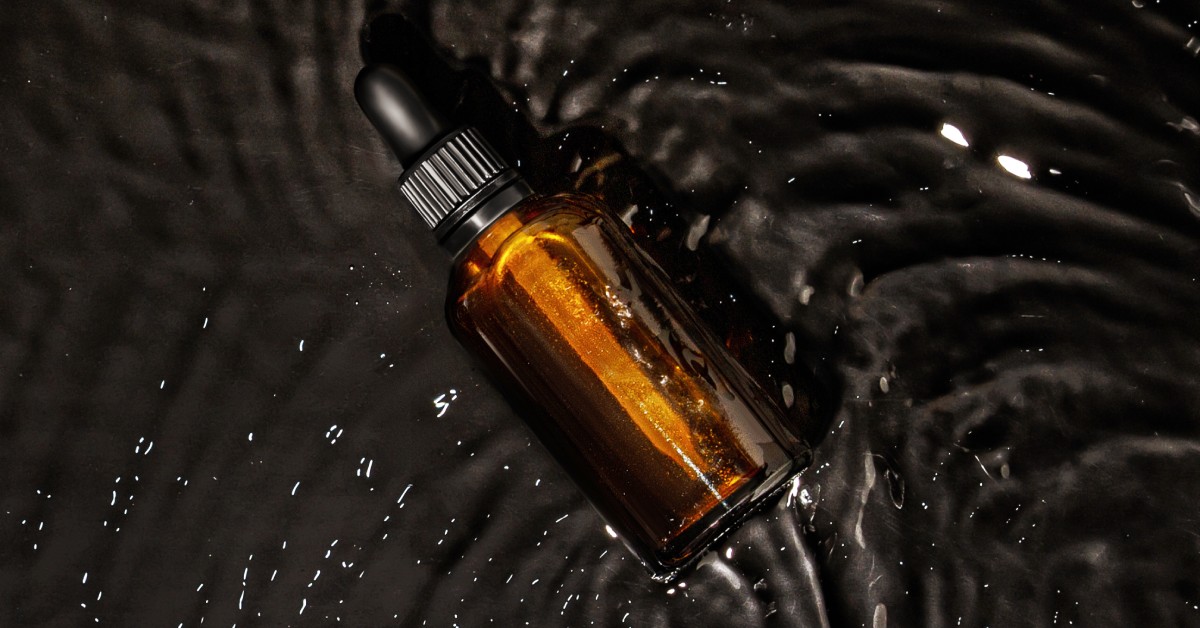Maintaining high hygiene standards is crucial for product safety and effectiveness in the beauty industry. A container’s cleanliness directly impacts a beauty product’s quality. Proper sanitization extends beyond hygiene, which is also vital in environmental sustainability. Reusing sanitized bottles reduces waste, making it an essential practice for those committed to eco-friendly living. If you’re interested in this eco-friendly practice, these techniques to sanitize your dropper bottles will help you maintain them for long-lasting use.
Here are five easy tips for sanitizing dropper bottles, whether you run a small or large business using droppers in packaging or simply want to reuse the bottles you’ve collected at home.
Importance of Sanitizing Dropper Bottles

Sanitizing dropper bottles promotes cleanliness and product integrity. Hygiene in product application is paramount, as it ensures the product’s safety and efficacy. Contaminants can degrade a product, leading to undesirable results for consumers. Keeping bottles sanitized prevents such occurrences.
Proper sanitization also prolongs a product’s shelf life. Clean containers prevent microbial growth, maintaining the product’s potency and extending its usability—meaning fewer returns and better customer satisfaction for beauty business owners.
Another benefit is reducing environmental impact. Consumers can help minimize waste and conserve resources by reusing containers. This practice aligns with the growing demand for sustainable solutions in the beauty industry. Using recycled and sanitized dropper bottles is a step toward a more eco-friendly and responsible business model.
Easy Sanitization Tips for Dropper Bottles
Below are several straightforward techniques you can use to sanitize dropper bottles. Each method ensures your dropper bottles remain hygienic and ready for use.
Always Remove Rubber Attachments
Start by removing the rubber attachments from the dropper bottles. Rubber parts can harbor bacteria if you don’t clean them properly. Separating them allows for thorough sanitization of the bottle and the rubber components.
Inspect the rubber attachments for any signs of wear or tear. Replace any damaged pieces, as they can compromise the product’s quality. Keeping them in good condition ensures a tight seal and prevents contamination.
Once removed, wash the rubber attachments separately with warm, soapy water. This initial cleaning removes surface dirt or oils. Rinse thoroughly before proceeding to further sanitizing methods.
Rinse and Dry
Once you’ve removed the rubber parts, it’s time to rinse the bottles and droppers. This step removes all residue from previous contents and prevents cross-contamination between products.
After rinsing, allow the bottles to air dry completely. Place them in a clean, dust-free area to avoid recontamination. Proper drying is essential for preventing mold and bacterial growth inside the bottles.
Consider using a drying rack for your bottles. Doing so keeps them upright and allows air to circulate freely, ensuring a thorough drying process. Regularly clean the drying rack as well to maintain its hygiene.
Boil in Water
Boiling is one of the most effective methods for sanitizing glass bottles. Submerge the bottles in boiling water for five to ten minutes. This process kills bacteria and pathogens that could linger on the surface.
Completely submerge the bottles and avoid overcrowding the pot. Allow the water to circulate freely around each bottle. Use a large pot enough to accommodate the bottles without risk of overflow.
After boiling, carefully remove the bottles using sterilized tongs. Place them on a clean towel to cool and dry. Avoid touching the inside of the bottles to maintain their sterility.
Sanitize With Isopropyl Alcohol or Hydrogen Peroxide
You can use isopropyl alcohol or hydrogen peroxide for a quick and effective sanitization method. Both are excellent for killing bacteria and other microorganisms. Pour a small amount into the bottle, swish it around, and empty it out.
Ensure that the alcohol or hydrogen peroxide reaches all areas of the bottle, including the neck and cap for a comprehensive cleaning. Rinse your bottles thoroughly with clean water afterward to remove any residue.
Allow the bottles to air dry after sanitizing to ensure that no moisture remains, as it could harbor bacteria. This method is especially useful for bottles that are not heat-resistant, such as certain types of plastic.
Use Sanitizing Devices
Consider investing in a sanitizing device if you want a more automated approach. These devices use UV light or steam to sanitize your dropper bottles effectively. They are convenient for beauty business owners who need to process large quantities.
Ensure the device you choose is suitable for your dropper bottle materials. For example, some devices may not be compatible with plastic components. Follow the manufacturer’s instructions for optimal results.
Regularly maintain and clean your sanitizing device to ensure it remains effective and prolongs its lifespan. A well-maintained device is a valuable investment in your sanitization routine.
Applications for Sanitized Dropper Bottles

Sanitized dropper bottles have a range of applications in the beauty industry. They are ideal for dispensing serums, oils, and tinctures. Their precision makes them perfect for products that require careful measurement, such as health and beauty solutions.
Offering sanitized bottles as part of your product line enhances your brand’s credibility. It demonstrates a commitment to hygiene and quality. Your customers will appreciate the safe and clean packaging.
Eco-conscious consumers can also benefit from sanitized bottles for homemade beauty products. Reusing these bottles reduces waste and promotes a sustainable lifestyle. It is a simple yet effective way to contribute to environmental conservation.
Where To Find High-Quality Dropper Bottles
Quality is paramount when selecting dropper bottles. FH Packaging offers a range of high-quality bottles suited for various needs. Our products are durable and high-quality to undergo compatible sterilization techniques.
Our selection includes bottles made from durable materials, ensuring longevity. Investing in quality bottles results in less product breakage, damage during shipping, and other incidents that can affect customers’ views of your products.
Consider purchasing in bulk to reduce shipping costs and minimize environmental impact. FH Packaging provides options that cater to different preferences, whether you need glass pipette droppers or plastic packaging options.
Sanitizing dropper bottles is an essential practice for beauty business owners and eco-conscious consumers alike. It ensures product safety, extends shelf life, and contributes to environmental sustainability. By following these easy tips and techniques for dropper bottle sterilization, you can maintain hygienic and reusable bottles.
Sanitized bottles provide peace of mind and demonstrate your business’s commitment to excellence. Sanitized dropper bottles are an asset, whether for professional or personal use.
The choice is clear for those wanting to elevate their beauty business or lifestyle. Act now and find high-quality bottles and corresponding droppers at FH Packaging!
